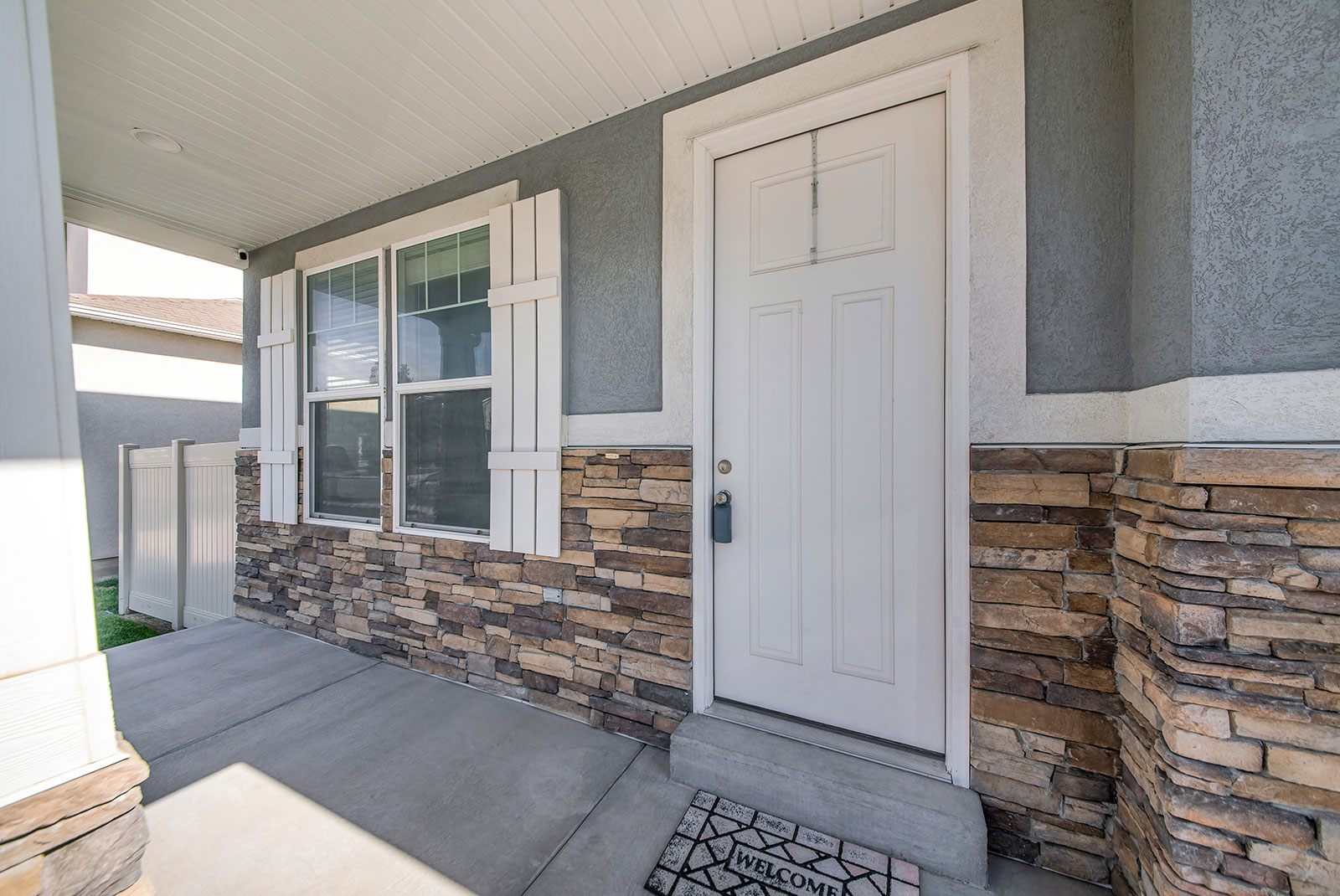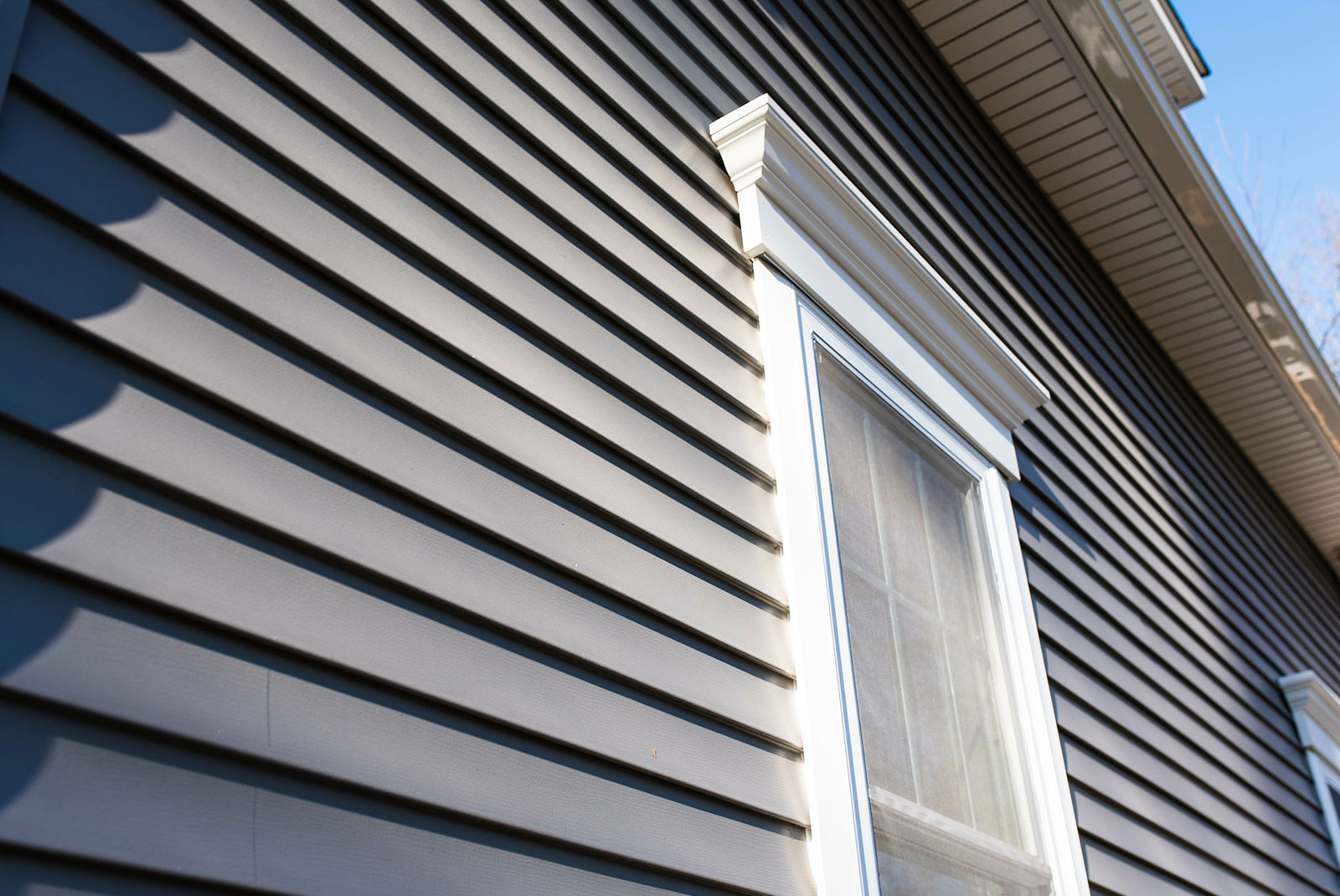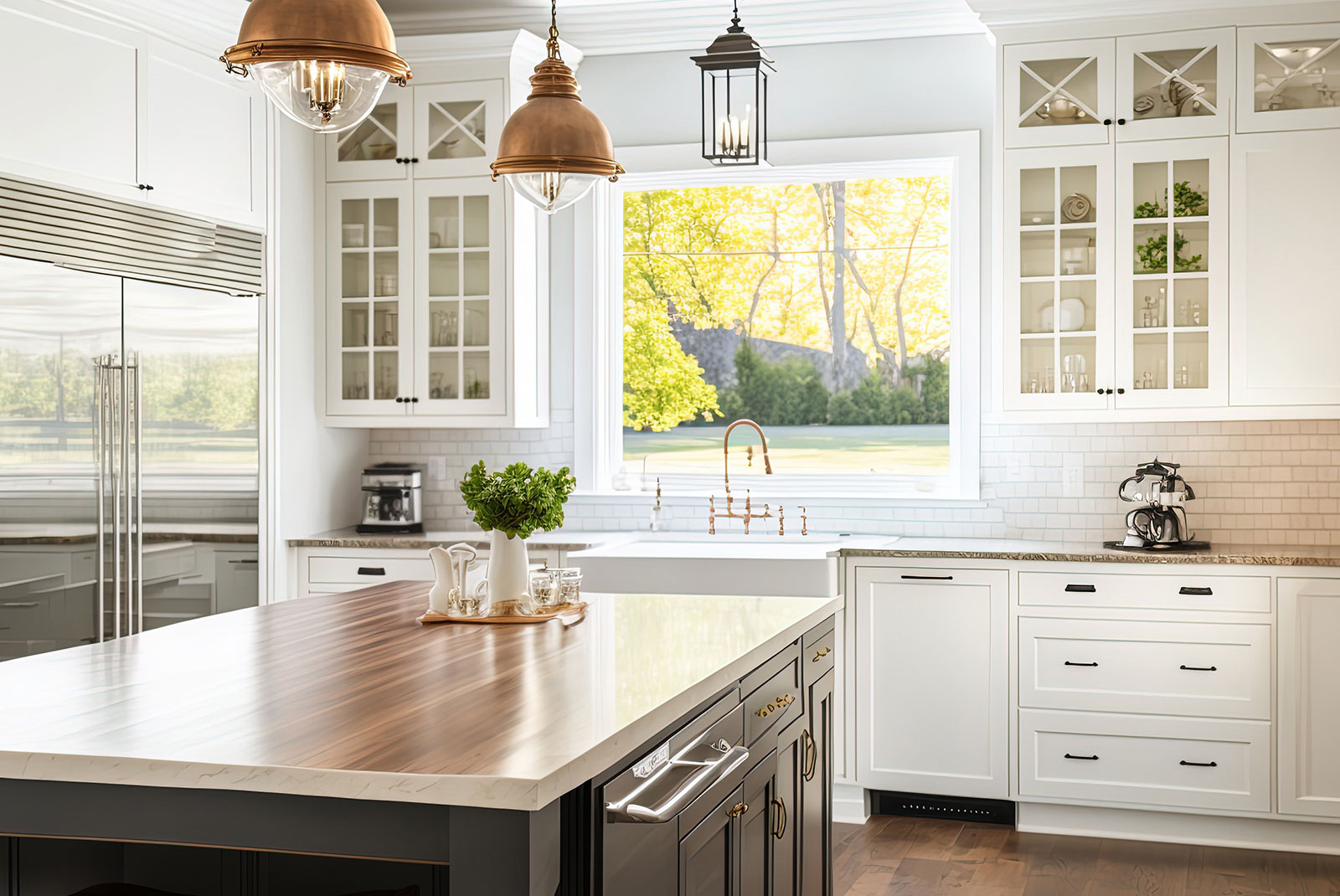
Key insights:
- Having a clean, tidy home is linked to better mental health and enjoyment of your space.
- There are hundreds of decluttering and organizing methods; find one that matches your timeframe and fits your lifestyle.
- Remember, you don’t need to purchase anything fancy to get your home in order now.
- Gather your family or friends to get involved with decluttering too.
Simplifying your belongings, decluttering your life and organizing your possessions for maximum appeal and use has gone beyond cleaning up and has become a culture with books, TV shows, podcasts, social accounts and apps. Whether you’re prepping to sell, downsizing, freeing up your space, or looking to relieve stress and anxiety and save money, having a clean and organized home is shown to improve your mental health and be well worth the effort.
But sorting through the best methods for decluttering can be overwhelming on its own, and finding one that best motivates you and works within your lifestyle can be tricky. To help, we’ve combed through the latest decluttering trends and picked our top eight proven methods for getting rid of items weighing you down and getting organized so that you can live in a space you truly love.
1. KonMari Method
Ideal for: those who have a hard time letting go of items.
The KonMari Method of tidying up focuses on keeping the items that “spark joy” in your life and letting go of the rest.
Here’s how:
- Commit to tidying up your home, office, etc.
- Picture your ideal lifestyle.
- Discard items prior to organizing.
- Begin to tidy by category of items, e.g. clothes, books, papers, miscellaneous items and sentimental items.
- Declutter these categories in order.
- Ask yourself, “Does this item spark joy?” If not, it’s time to thank the item and let it go.
2. Ski Slope Method
Ideal for: those who get overwhelmed by the amount of work.
If decluttering feels like staring down a black diamond on new skis, the Ski Slope Method is for you. Instead of taking the room as a whole, this system has you going side to side across the room, similar to how you would ski down a steep slope.
The Ski Slope Method allows you to focus on small sections of space at a time, preventing you from feeling overwhelmed by the amount of work to do and offering a structured process. It also ensures that you’re being very thorough in your cleaning and organizing.
Ideal for: those who are looking to get seriously organized.
The Core 4 Method turns your decluttering and organizing into four simple steps:
- Clear out: remove every single item from the space
- Categorize: sort items into categories (professionals suggest creating zones with labels or post-its to help keep things organized)
- Cut out: as you sort, declutter unwanted/unneeded items into toss, sell, donate piles
- Contain: sort all your items into bins and containers and put them away
The beauty of this system is that the decluttering process is also the organizing process. By keeping like-items together and creating dedicated zones for categories, it’ll be easy to find what you need and keep your space organized in the future.
4. 20/10 Organizing Method
Ideal for: those who have trouble staying focused.
Whether you’re dedicating a day to getting your house together or wanting to tackle the problem in small steps, the 20/10 Organizing Method allows you to keep focused on the task at hand without feeling overwhelmed. The idea is simple: spend 20 minutes cleaning, organizing and decluttering, and then take a 10-minute break.
Not only will this break down the process into easy bite-size pieces, it will allow you to step away and take care of other things without feeling discouraged or losing momentum. It’s also fun to see how much you can get down in that time!
5. Swedish Death Cleaning
Ideal for: those who want to downsize and simplify.
Swedish Death Cleaning is not as intimidating as it may sound. In fact, this method of cleaning is based on a minimalist approach that emphasizes comfort while letting go of belongings that are no longer needed or valued.
First adopted by Swedish people, this method encourages the clearing of your unwanted or unused items so that eventually others won’t have to do it for you. Although it’s common to initiate this type of cleaning around middle age, it’s always a great time to begin tidying! Here are all the details on the Swedish Death Challenge, so you can start to clean up your house.
6. The Four Box Method
Ideal for: those looking for a quick, easy process.
All you need to begin the Four Box Method of tidying up is four boxes! This simple method of cleaning involves using four boxes labeled:
- Donate
- Trash
- Relocate
- Storage
Once you have your boxes set up and labeled, go to a room or closet in your home and begin sorting your items. When everything has been placed in a box, you’ll move the items to their new location and move on to the next room with empty boxes ready to be filled.
This method is great for those who might have decluttering anxiety. Because you have options on what to do with each item, you don’t feel as pressured to make a stark “keep or trash” decision.
7. 12-12-12 Challenge
Ideal for: those who don’t have time or want to declutter over time.
Similar to the Four Box Method, the 12-12-12 challenge prompts you to find:
- 12 items to toss
- 12 items to donate
- 12 items to put away
This is a quick and creative way to declutter your home without the commitment of going through an entire room. So, whether you and your partner have a friendly cleaning competition or you incentivize your kiddos to complete their portion of tidying, you can get the entire household to join you on this cleaning feat.
The best part of the 12-12-12 challenge is that you can do it as often as you like — you can try it every day for two weeks to start, and then less often as your home becomes less cluttered.
8. Packing Party
Ideal for: those who are serious about having a fresh slate.
Perhaps the most aggressive approach to decluttering, having a Packing Party is great for those who are ready for drastic change (or, for those who are actually moving). This strategy has you packing up everything you own as if you were moving, then removing the items you use over a set period of time (most often a month) and getting rid of the rest.
The appeal of this process is that you’re approaching decluttering differently. Instead of evaluating each item’s place in your life, you’re looking at your life and choosing the items you need. This time-consuming process can make you feel unsettled, but those who commit come out swearing it’s changed their lives.
Ready to tidy up?
Whether you’re on a mission to get organized or you’d like to get your home in tip-top shape before you list it for sale this year, these eight methods of tidying up will help you get a jump start on your cleaning process. For additional guidance on home sale preparation, reach out.

















 Equal Housing Lender | Prosperity Home Mortgage, LLC may operate as Prosperity Home Mortgage, LLC dba Edina Realty Mortgage in Minnesota and Wisconsin. ©2024 Prosperity Home Mortgage, LLC dba Edina Realty Mortgage. (877) 275-1762. 3060 Williams Drive, Suite 600, Fairfax, VA 22031. All first mortgage products are provided by Prosperity Home Mortgage, LLC. Not all mortgage products may be available in all areas. Not all borrowers will qualify. NMLS ID #75164 (For licensing information go to: NMLS Consumer Access at http://www.nmlsconsumeraccess.org/) Licensed by the Department of Financial Protection and Innovation under the California Residential Mortgage Lending Act. Licensed by the Delaware State Bank Commissioner. Georgia Residential Mortgage Licensee. Massachusetts Mortgage Lender and Mortgage Broker MC75164. Licensed by the NJ Department of Banking and Insurance. Licensed Mortgage Banker-NYS Department of Financial Services. Rhode Island Licensed Lender. Rhode Island Licensed Loan Broker. Rhode Island Licensed Third-Party Loan Servicer. Also licensed in AK, AL, AR, AZ, CO, CT, DC, FL, ID, IL, IN, KS, KY, LA, MD, ME, MI, MN, MO, MS, MT, NC, ND, NE, NH, NM, NV, OH, OK, OR, PA, SC, SD, TN, TX, UT, VA, VT, WA, WI, WV and WY.
Equal Housing Lender | Prosperity Home Mortgage, LLC may operate as Prosperity Home Mortgage, LLC dba Edina Realty Mortgage in Minnesota and Wisconsin. ©2024 Prosperity Home Mortgage, LLC dba Edina Realty Mortgage. (877) 275-1762. 3060 Williams Drive, Suite 600, Fairfax, VA 22031. All first mortgage products are provided by Prosperity Home Mortgage, LLC. Not all mortgage products may be available in all areas. Not all borrowers will qualify. NMLS ID #75164 (For licensing information go to: NMLS Consumer Access at http://www.nmlsconsumeraccess.org/) Licensed by the Department of Financial Protection and Innovation under the California Residential Mortgage Lending Act. Licensed by the Delaware State Bank Commissioner. Georgia Residential Mortgage Licensee. Massachusetts Mortgage Lender and Mortgage Broker MC75164. Licensed by the NJ Department of Banking and Insurance. Licensed Mortgage Banker-NYS Department of Financial Services. Rhode Island Licensed Lender. Rhode Island Licensed Loan Broker. Rhode Island Licensed Third-Party Loan Servicer. Also licensed in AK, AL, AR, AZ, CO, CT, DC, FL, ID, IL, IN, KS, KY, LA, MD, ME, MI, MN, MO, MS, MT, NC, ND, NE, NH, NM, NV, OH, OK, OR, PA, SC, SD, TN, TX, UT, VA, VT, WA, WI, WV and WY.